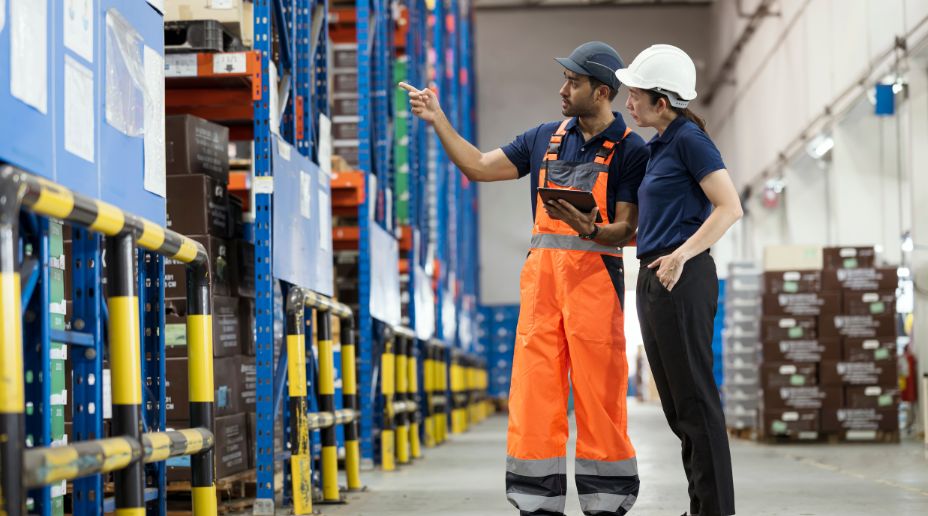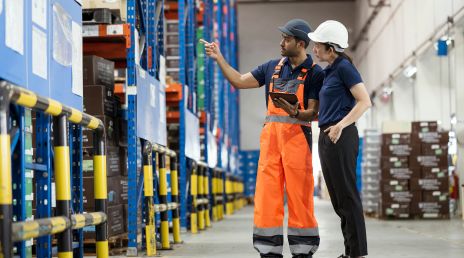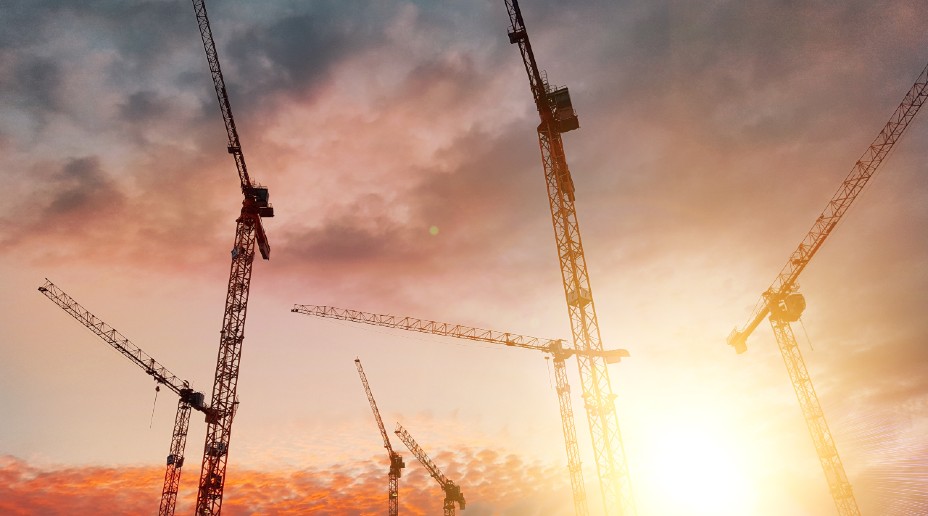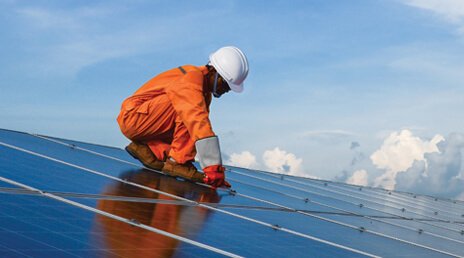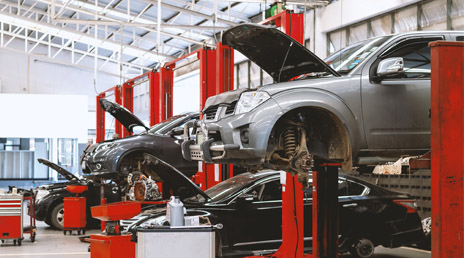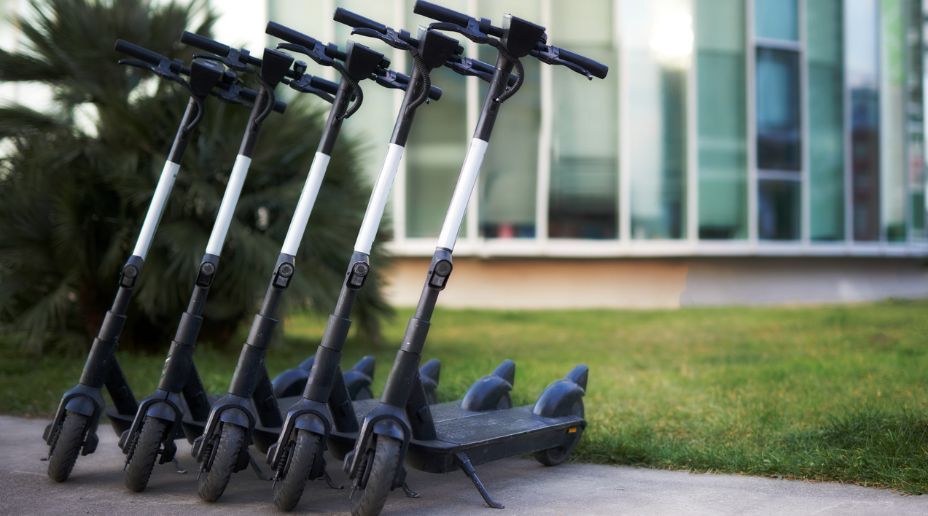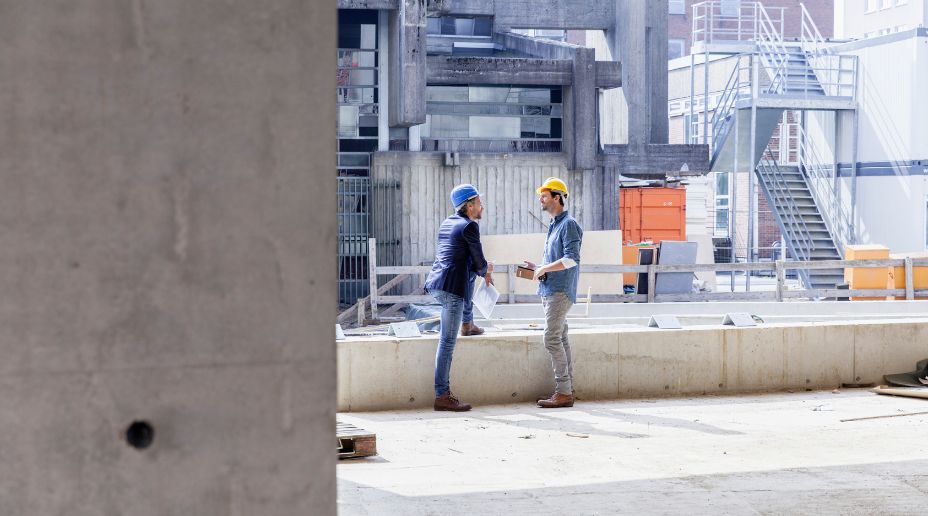Thermal Runaway: Thermal runaway occurs when part of a battery is overcharged, faulty or damaged, leading to overheating, fire or explosion. Systems, such as thermal sensors, cooling systems and thermal barriers are important in preventing and stopping the risk of thermal runaway.
Degradation: Batteries degrade over time, reducing their storage capacity and efficiency and impacting the performance of BESS. This can lead to unexpected performance issues and increased maintenance costs.
A study commission by the government3 found that some batteries used in BESS are second-life batteries, previously used in electric vehicles, highlighting that these batteries could pose greater risk as they could have experienced damage.
Battery Management Systems monitor and control batteries in real time, helping to extend the lifespan of the batteries.
Chemical Hazards: Batteries contain hazardous materials that can be harmful if leaked or improperly disposed of, with some components being corrosive. Personnel should be trained in handling these materials safety. Proper labelling, storage and disposal procedures should be in place to prevent leaks and environmental contamination. Additionally health and safety procedures for visitors must be followed.
Electrical Hazards: High voltage and current levels pose risks of electric shock or short circuits. Incorrect charging can damage the battery, increasing the risk of failure. Regular inspection and maintenance of electrical systems are crucial to ensure they operate safely and efficiently.
Climate risks: Batteries are sensitive to temperature extremes which can affect their performance and longevity. Excessive humidity or moisture can lead to corrosion and an increased risk of thermal runaway. Climate control systems can help reduce these risks, by preventing overheating and corrosion.
These systems are also vulnerable to flooding and groundwater risks which can also lead to corrosion, and thermal runaway. Constructing on raised platforms and installing flood barriers, along with installing sustainable drainage systems can help minimise the damage by water.
By understanding and addressing these risks, owners and operators can improve BESS and renewable energy systems. Ongoing research and development in this area is critical to addressing the current challenges and advancing the capabilities of BESS.




